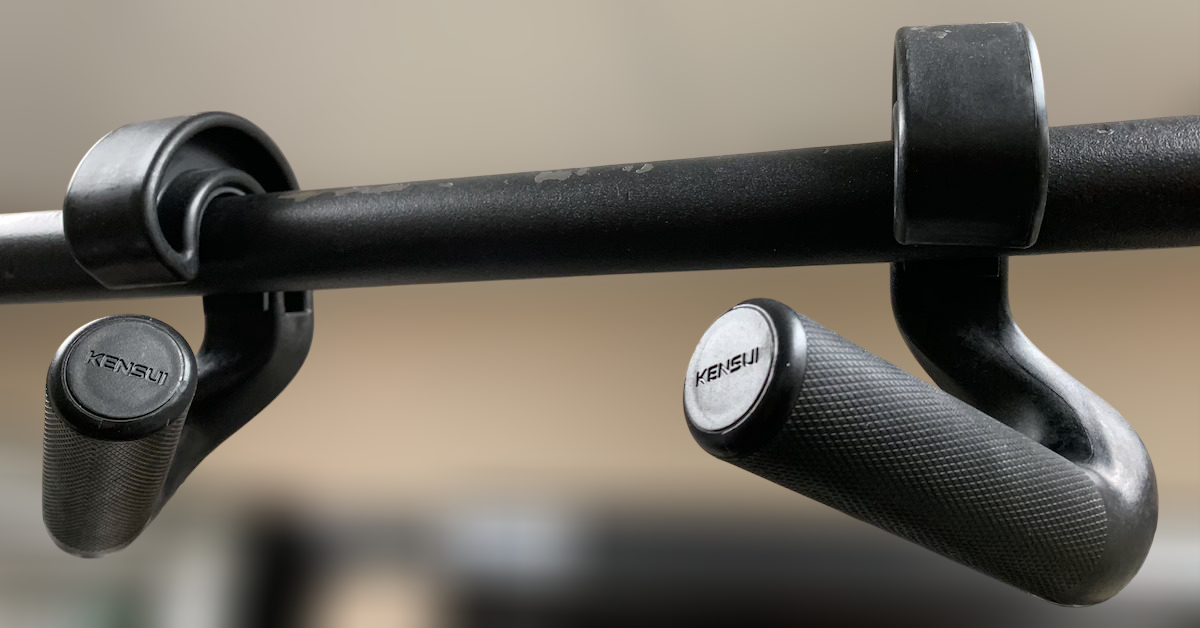Evaluating Hormone Levels: The Best Diagnostic Methods
JP: Can you briefly describe the diagnostic methods you use to evaluate hormones?
Dr. S: There are three primary methods: urine, saliva, and blood. If I have a choice, I prefer urine testing because it provides a breakdown of hormone metabolites over a 24-hour period. Blood testing, on the other hand, only gives a snapshot of a single moment, which may not reflect an individual’s true hormonal state.
For example, if you were watching a football game and your team lost, your blood test at that moment would likely show elevated cortisol and decreased testosterone. But is that a normal reading for you? Urine testing gives a more accurate overall picture.
Improving Thyroid Function Naturally
JP: Let’s discuss the thyroid gland. If TSH levels are high, how do you go about improving thyroid function naturally? What if TSH levels are low? Also, do you think the morning body temperature test is a valid way to assess thyroid function? It’s been criticized quite a bit lately.
Dr. S: I’ve experimented with different approaches over the years, but when TSH is high, I don’t take chances—it’s too important. I prescribe Armour Thyroid, which is a natural thyroid source. No supplement works as effectively. If TSH is extremely high, I start with Thyrolar, a synthetic T4/T3 combination, and then transition to Armour Thyroid once levels normalize. In many cases, after 6–9 months of use, I’ve successfully weaned patients off Armour Thyroid completely by providing the right nutrition to support thyroid function.
If TSH is very low, the first step is to determine the cause. Is it Graves’ disease? Are there cysts? A thorough investigation is needed.
Interestingly, many individuals have normal TSH levels but still suffer from thyroid dysfunction. Several medications can be the culprit.
Here’s another factor you might not have considered: Why do people often gain weight when they quit smoking? One reason is that nicotine enhances the conversion of T4 to T3. When nicotine is removed, T3 levels decline.
As for the morning body temperature test, it can be useful, but only if performed under strict conditions—same time, same place, same environment. Lack of standardization is why it’s often criticized.
Adrenal Support: Managing Stress and Fatigue
JP: What about the adrenals? You’ve mentioned using Standard Process Drenamin to support adrenal function. What’s your protocol?
Dr. S: For individuals under extreme stress, I start with hydrocortisone—60 mg for men and 40 mg for women. They respond incredibly well! This is particularly effective for patients with fibromyalgia. Their adrenals are overworked, constantly trying to produce enough cortisol. By supplementing with hydrocortisone, we reduce stress on the adrenals and allow them to recover. Afterward, I may introduce Drenamin.
I don’t like to call anything a “protocol” because the moment I do, someone will come along and throw off the results. Every patient is different. That said, I’d estimate that 50–60% of people could benefit from this approach.
When assessing adrenal function, I check DHEAS, cortisol (preferably urine cortisol), T4, T3, TSH, estrogen, progesterone, and both total and free testosterone. Symptoms also play a key role in evaluation.
Licorice Root: A Double-Edged Sword
JP: What about using licorice root to extend the half-life of cortisol?
Dr. S: This is interesting. Yes, oral licorice extends cortisol’s half-life, but at the expense of your androgenic hormones—meaning lower testosterone!
However, if you apply licorice root topically to a specific area, you actually lose fat in that area! This has been confirmed through ultrasound measurements.
Optimizing Fat Loss Training for Women
JP: You’ve mentioned before that women have higher intramuscular triglyceride levels, which affects how they should train for fat loss. You recommend following high-intensity interval training (HIIT) with prolonged lower-intensity activity. Can you elaborate?
Dr. S: There are two types of triglycerides: plasma triglycerides and intramuscular triglycerides. My theory is that to optimize fat loss, women should begin with a 5–10 minute warm-up, such as a light jog. This helps lower blood sugar and plasma triglycerides.
Then, introduce high-intensity interval training (HIIT). The sweet spot for HIIT is about 12 minutes, using intervals of 6–12 seconds of high-intensity effort followed by 9–15 seconds of low-intensity recovery. For beginners, I might start with only 3 minutes and gradually build up from there.
Finally, a 5–10 minute cooldown is essential. For women, extending this low-intensity phase slightly longer can be beneficial, but it should never exceed 42 minutes—beyond that, you risk muscle loss.
Coming Up in Part 4
Tomorrow in Part 4, we’ll discuss liver detoxification, the timing of digestive enzymes, cleansing products and diets, and an intriguing 1962 study on organ consumption.

Upgrade Your Pull-Ups with Swissies-SP Handles
Pull-ups are one of the best exercises for building back and arm strength—but not all pull-up bars are created equal.

No Time to Walk After a Meal? Do This Instead!
By now, most people know that getting in daily steps is essential for overall health. In particular, taking a short

Stay Fit on the Fly: No-Excuse Workouts for Travelers
One of the biggest challenges people face when traveling is maintaining their exercise routine. The two most common excuses? Lack
follow
Error: No feed with the ID 2 found.
Please go to the Instagram Feed settings page to create a feed.
